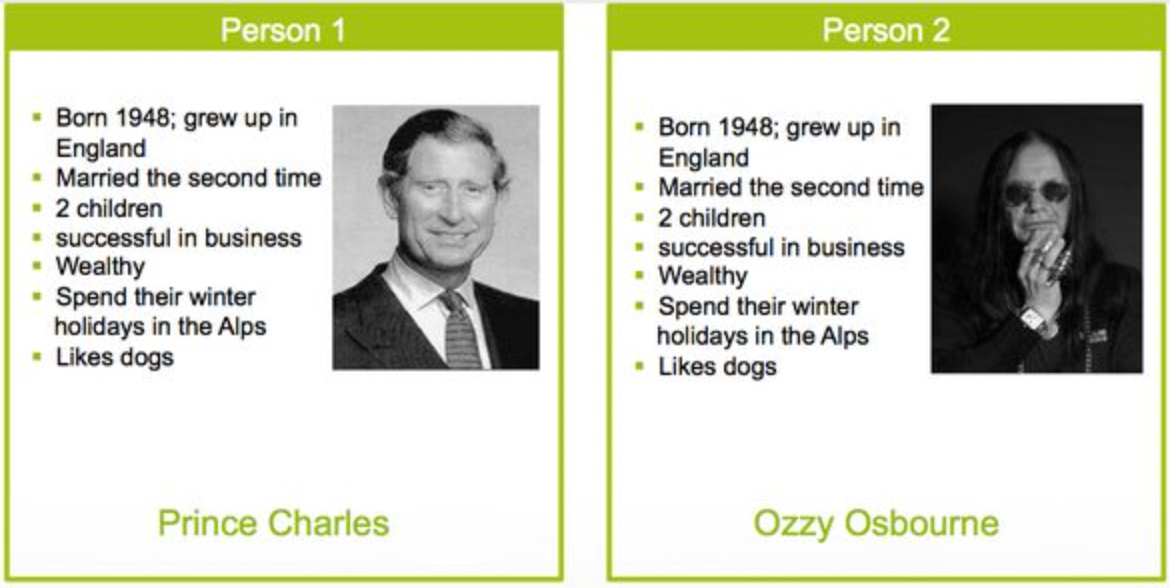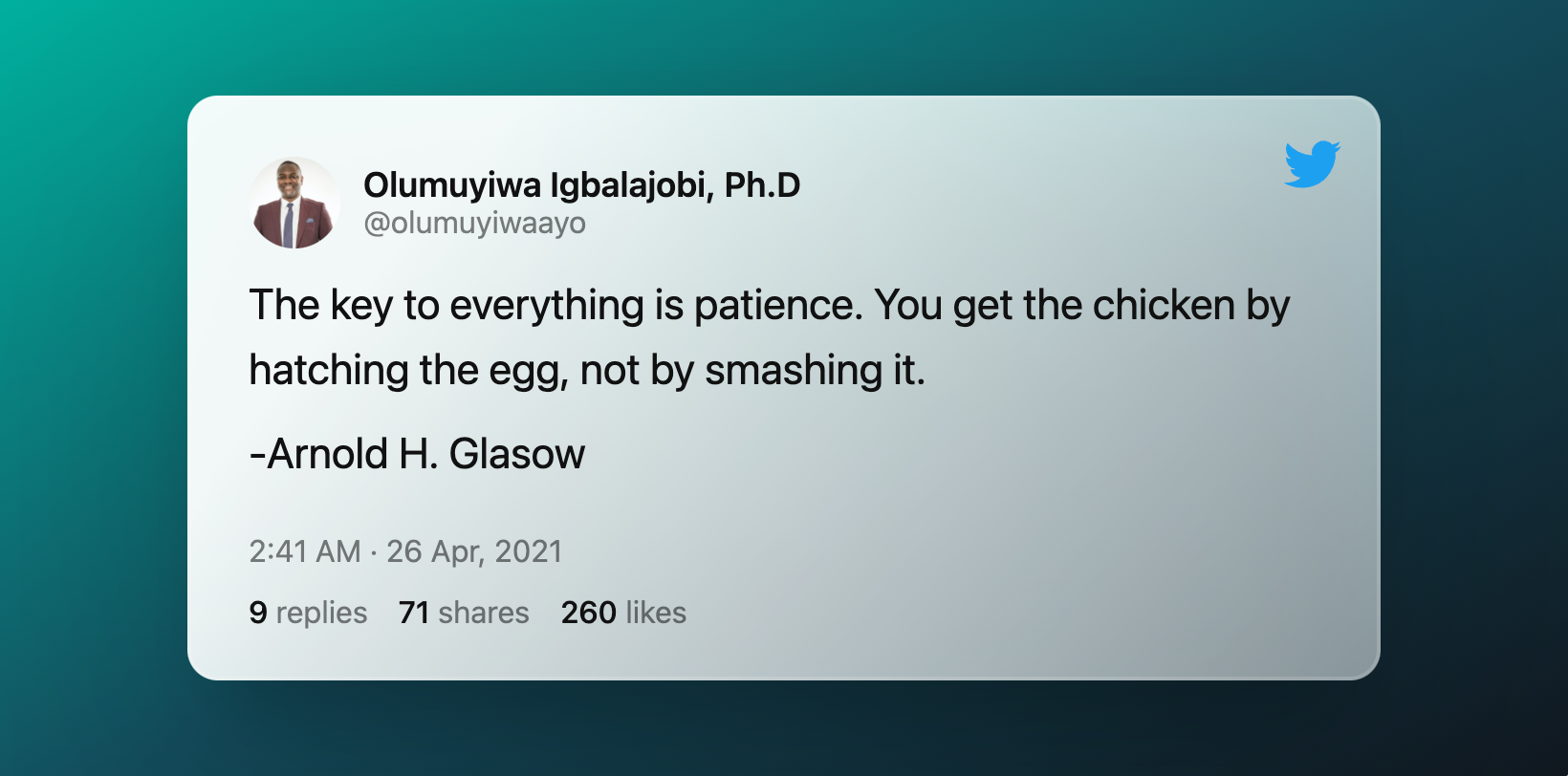🏃♀️ How to speed up your success as a creator
There's a quote often used in productivity circles that says, "Slow is smooth, smooth is fast." The meaning is simple: when you go slow, you tend to make fewer mistakes. You listen better, become more observant, and save yourself the trouble of needing to start over.
Ultimately, going slow is the fastest way to reach your goals. Now, let's help you make that patience less painful.
💬 In this week's issue:
- Timeline. See the average length of time it takes new creators to start getting traction.
- Big wins. Lessons you can apply from a newsletter worth $500 million.
- Myths. Why the assumptions we make about our audiences could cost us our business.
⌚️ How long does growth take?

In the early days of publishing your blog or newsletter, everything feels a bit slow.
You work and write and promote only to find a small trickle of interest. A new subscriber here; a retweet there; and an ever-present silence in between.
This is normal.
Your project isn't broken. You don't need to go find a new niche or pay for ads or hire an expensive consultant. The only thing you need to do is keep showing up, and here are a few numbers to show you why.

The team at Ahrefs recently held a survey to find how long it took businesses and creators to see their articles rank on Google.
- Nearly half cited that it took 3-6 months.
- Another 38% said it took longer than 6 months.
Note that this is when their content started to generate traffic. The timeline aligns with what our own Ghost team has found to be true, where on average it takes 2-4 years to turn a blog or newsletter into a full-time income.

TLDR: Don't rush the process. You don't need to outwork your competition; just outpatient them.
🗞 Latest tips & stories
- The insider advantage: Why successful brands use unique language and how you can too
- YouTube is changing the way videos use music
- 6 ways to optimize your newsletter conversion rates
- Resources for journalists and writers covering crime
- What Google's Helpful Content update means for publishers
👍 4 things Axios did right

Axios is a phenom of the newsletter world. At barely 5 years old, it recently sold for $525 million. Even more impressive, it did this by hiring fewer employees and raising less money than any of its competitors.
Now, the tactics and strategies employed by organizations of this size rarely translate to practical takeaways for solo and small-scale creators. However, Simon Owen's dove into their story and pulled out four clever lessons that could apply to any sized publication.
- They focused on free content first. Then, after they had grown an audience, they offered a related paid subscription but did not lock away or stop publishing any of their free articles.
- They prioritized collecting email addresses above all other channels. Most of their competitors relied too heavily on social media and eventually paid the price.
- They niched down from day one and only jumped into a new niche when they could hire an expert to write the new content (e.g., doing less was an advantage, even for a big company).
- They spent more money to produce the highest quality content. They published less frequently than others in their space and had to strategically neglect topics that might have been quick wins, but would have distracted them from their primary goals.
You may never have a desire to sell your newsletter, but by building the most valuable publication you can — both you and your audience will win.
🦄 Myths the media got wrong about Gen Z

Knowing your audience is an unfair advantage. But, knowing means much more than being able to list out demographic factors. People have grown tired of being put into oversimplified boxes based on factors outside of their control, like their age and where they were born.

A great example of this is are the general assumptions made about Gen Z consumers. A recent study revealed a few key insights.
- Gen Z's favorite social platform isn't TikTok. It's Instagram, followed by YouTube.
- They don't hate ads, especially ones that are entertaining.
- Word of mouth isn't what it used to be, as many in this generation would trust an influencer's recommendation over one from a close friend.
You can read more of the insights in this post.
So, what are you doing to understand your audience better? Are you talking to them regularly? Getting their feedback? Or relying on old assumptions?
👀 Curators pick

❤️ Enjoy this newsletter?
Forward to a friend and let them know where they can subscribe (hint: it's here).
Anything else? Hit reply to send us feedback or say hello.
Join an invite-only community! Connect with like-minded people who create content professionally — apply here.







